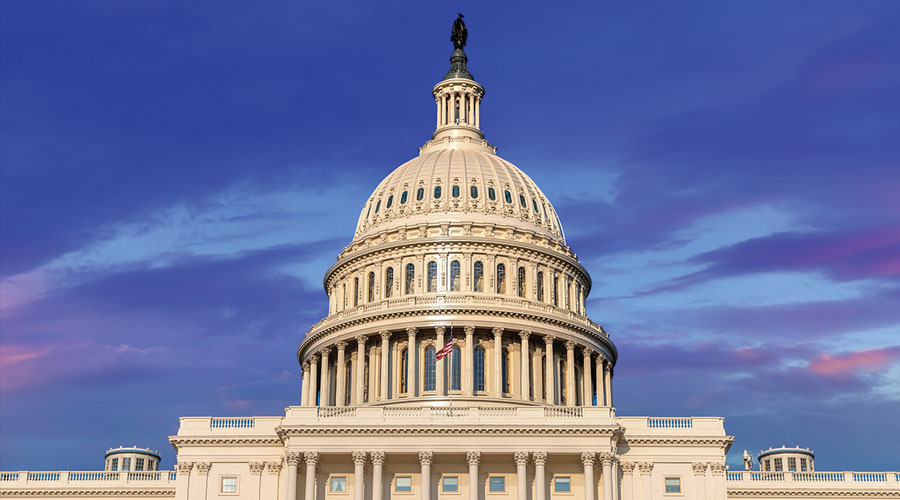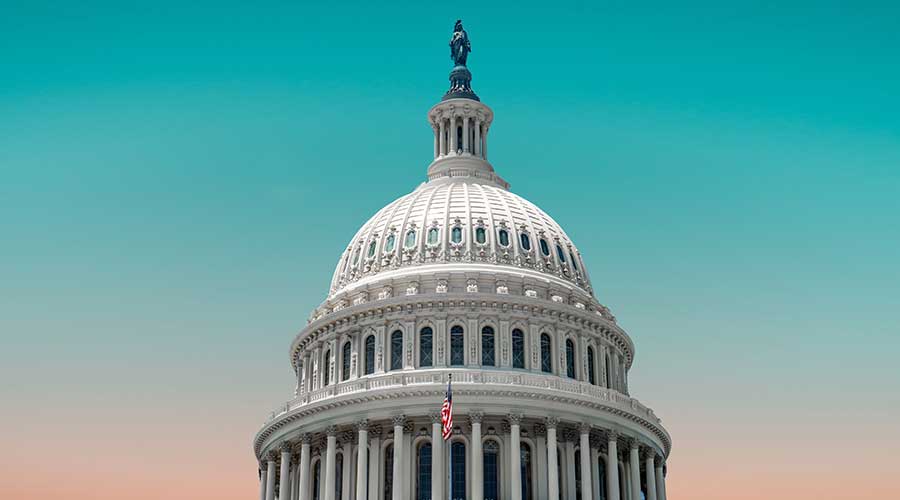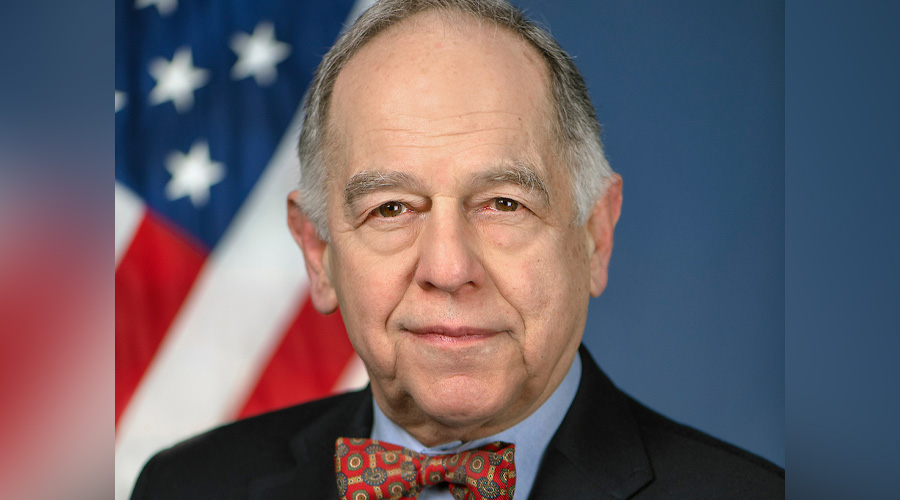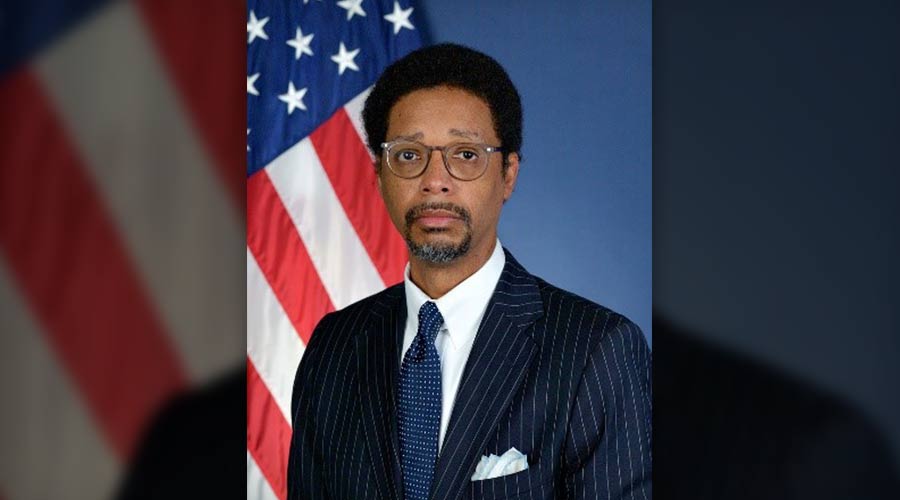Stay updated on news, articles and information for the rail industry
May 2023
Rail News: Federal Legislation & Regulation
Washington update: Norfolk Southern derailment spurs deluge of safety bills

By Julie Sneider, Senior Associate Editor
Since Feb. 3, when a Norfolk Southern Railway train carrying hazardous materials derailed in East Palestine, Ohio, at least six bills have been introduced in Congress to expand federal regulation of railroad safety.
Federal lawmakers — from Ohio and Pennsylvania, in particular — were quick to propose new laws in the aftermath of the derailment, which occurred near the Ohio-Pennsylvania border.
Three bills are pending in the Senate. They are the:
• Railway Safety Act (S. 576), introduced March 1 by Sens. Sherrod Brown (D-Ohio) and J.D. Vance (R-Ohio), which would augment requirements for trains transporting hazardous materials, as well as develop additional regulations such as hazmat train length and weight. The bill includes a two-person train crew mandate.
• Assistance for Local Heroes During Train Crises Act (S. 844), introduced March 16 by Sens. Bob Casey (D-Pa.), John Fetterman (D-Pa.) and Brown, which would allow the Federal Railroad Administration to declare a “hazardous train event” after a hazmat train derails, and then provide funding to help state and local emergency responders and law enforcement groups cover their response costs; and
• Railway Accountability Act (S. 1044), introduced March 29 by Sens. Fetterman, Casey and Brown, which calls for directing the FRA to study wheel-related failures and derailments; enhance switch yard safety practices; enact commonsense brake safety measures; and require large freight railroads to join a confidential close-call reporting system.
And these three bills are pending in the House:
• Decreasing Emergency Railroad Accident Instances Locally (DERAIL) Act (H.R. 1238), introduced Feb. 28 by Reps. Ro Khanna (D-Calif.) and Chris Deluzio (D-Pa.), which would broaden the definition of what is classified as a “high-hazard flammable train” and require railroads to take various safety precautions;
• Reducing Accidents In Locomotives Act (H.R. 1633), introduced March 17 by Reps. Bill Johnson (R-Ohio) and Emilia Strong Sykes (D-Ohio), which would direct the FRA to recommend changes to rail operations — such as train length, weight, speed and track standards — increase funding for first responder hazmat training, and increase train inspections, but not require two-person train crews; and
• Railway Safety Act of 2023 (H.R. 1674), introduced March 21 by Deluzio and Rep. Nick LaLota (R-N.Y.), which is the companion bill for S. 576.
Although some hearings have been held, a bill has yet to pass out of a committee. President Biden threw his support behind passage of the Railway Safety Act when it was introduced in the Senate.
Both the National League of Cities and the National Association of Counties (NACo) have called on Congress to pass bipartisan rail safety legislation.
"The safety of our local communities is paramount for county officials. With roughly 140,000 miles of track nationwide, there are few areas of the country where rail does not leave its footprint directly," NACo officials said in a press release.
Meanwhile, NS is working on fully restoring the site where the train carrying hazardous materials derailed, igniting a fire that burned for days. After the accident, to prevent an explosion a controlled venting of five vinyl chloride tank cars was conducted to release and burn the vinyl chloride. The National Transportation Safety Board is examining a defective wheelset as a potential cause of the accident.
On April 14, NS announced it completed excavation of the impacted soil beneath the removed south track where the train derailed. Track was reinstalled after testing — using a U.S. Environmental Protection Agency-approved protocol — confirming the impacted soil under the track was excavated. The company has committed to restoring the site and helping the community recover from the derailment’s aftermath.


 2025 MOW Spending Report: Passenger-rail programs
2025 MOW Spending Report: Passenger-rail programs
 Gardner steps down as Amtrak CEO
Gardner steps down as Amtrak CEO
 Guest comment: Oliver Wyman’s David Hunt
Guest comment: Oliver Wyman’s David Hunt
 Women of Influence in Rail eBook
Women of Influence in Rail eBook
 railPrime
railPrime







